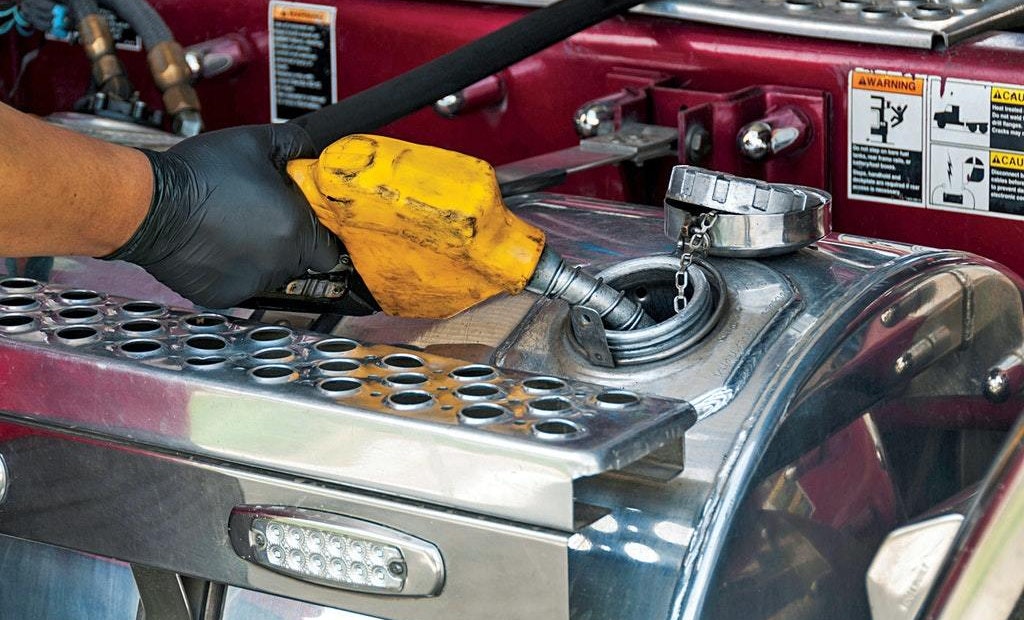
Equipment operation is a big factor in keeping tabs on fuel usage. Utilities can track this in different ways, including telematics.
Fuel is one of the greatest operating costs for any utility that owns heavy equipment and/or trucks. Working in a way that can save fuel can end up saving a lot of money.
“To reduce fuel use, you have to know how and when fuel is being wasted,” says William “Bernie”...





